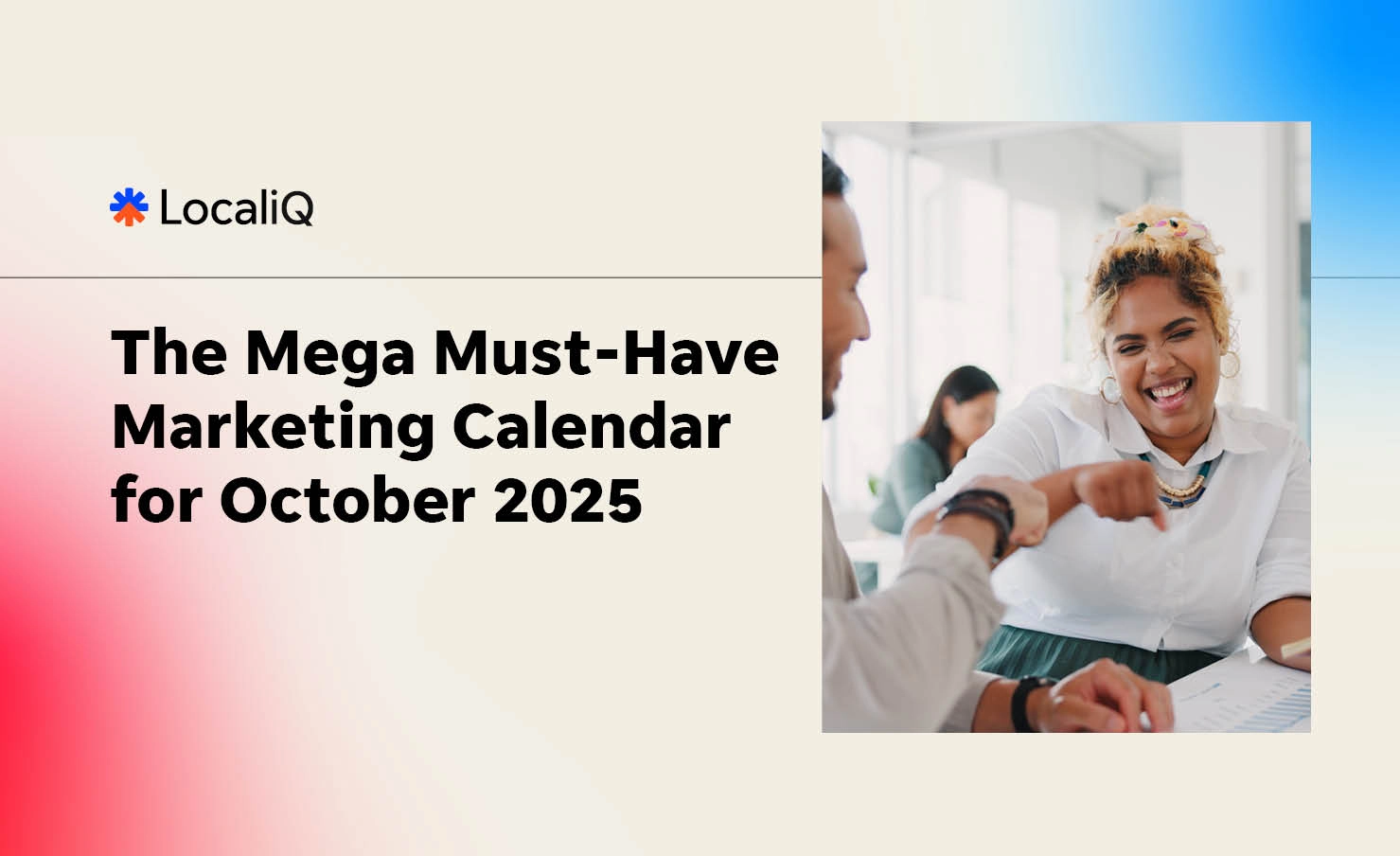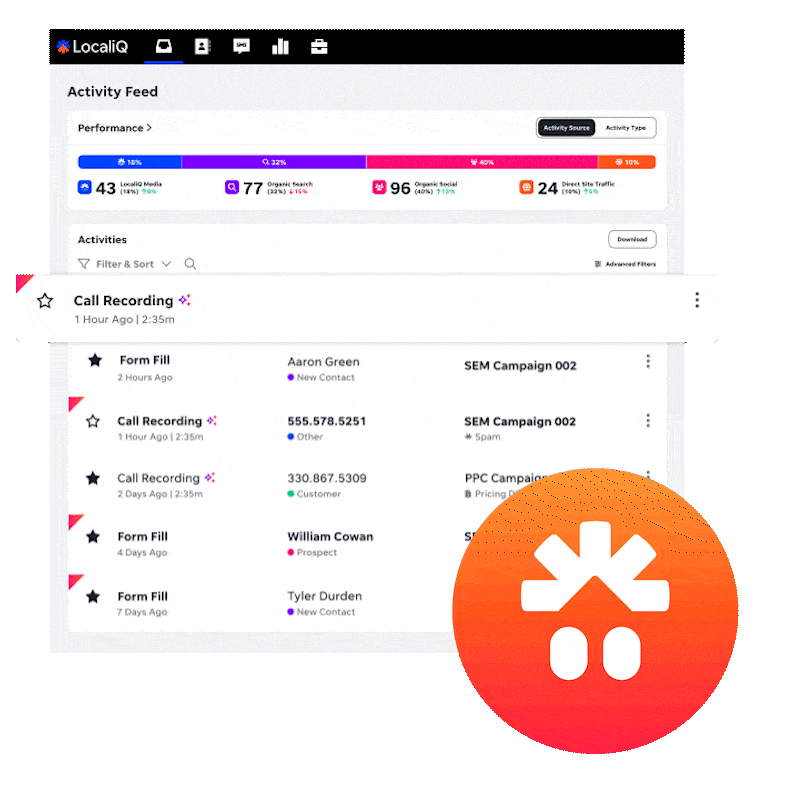- Blog
- SEO for Small Businesses: A Practical Guide to Getting Found Online
SEO for Small Businesses: A Practical Guide to Getting Found Online
If you’re running a local café, a tradie business, an online boutique or a family-run service, then yes — you’re a small business. According to the Australian Bureau of Statistics, a small business is one that employs fewer than 20 people. That covers about 98% of all Australian businesses (ABS, 2024).
What is important to note is that, while many of these businesses are incredible at what they do, most face the same challenge: getting found online.
That’s where SEO (Search Engine Optimisation) comes in — one of the best long-term ways to help people discover your business on Google.

Why SEO Is Crucial for Small Businesses
Here are a few reasons SEO should be part of your marketing mix:
- Better visibility = more customers –Most people don’t scroll past page 1 of Google results. If your business doesn’t appear there, it’s likely invisible to many potential customers.
- Cost-effective in the long run: While paid ads give instant visibility, you pay for every click. SEO takes longer, but once your pages rank well, they generate traffic at low incremental cost.
- Trust & credibility: When someone sees your business show up in Google organically, it adds legitimacy. Good content and reviews also strengthen that trust.
- Local discovery: Many searches are local in nature (e.g. “plumber near me”). Local SEO helps people in your area find you.
- Staying competitive: Many small business owners haven’t fully invested in SEO yet. According to a recent survey, only 36% of Australian small businesses use SEO effectively. National Retail Association
So, the opportunity is there.
Basic SEO Concepts in Plain Language
Before you dive in, let’s break down how SEO works:
- Keywords / Search terms: These are the words people type (or say) in search engines. Your job is to use relevant ones (without overdoing it) in your site content.
- On-page SEO: This includes things you control on your website: page titles, headings, meta descriptions, image alt text, content quality, internal linking.
- Off-page SEO: This is about how other websites and platforms link to or talk about you. For example, local directory listings, social media mentions, links from partners.
- Technical SEO / User experience: How fast your site loads, how it behaves on mobile, how easy it is to navigate, whether Google can crawl and index your pages.
- Local SEO: For small, local businesses this is key. It covers Google Business Profile (formerly Google My Business), local citations (your business name, address, phone in online directories), reviews, and local keywords.

What Small Businesses Can Do (Right Now)
You don’t need to overhaul your entire website overnight. Focus on these practical steps:
1. Start with keyword research
- Think about what your customers would type or ask (e.g. “best plumber in [suburb]”).
- Use free tools like Google Keyword Planner, Google Search Console or Ubersuggest to find ideas.
- Choose a few primary key phrases and a few supporting ones per page.
2. Build pages that answer questions
- Create pages (or blog posts) that address real customer questions.
- Organise content clearly with headings (H1, H2, etc.).
- Include your keywords naturally — don’t force them in.
3. Optimise your Google Business Profile
- Claim and verify it.
- Complete all fields: address, hours, photos, services.
- Encourage customers to leave honest reviews.
- Post updates or offers periodically.
4. Make your site mobile-friendly & fast
- Use responsive web design so your site adjusts to screens.
- Compress images, reduce scripts, remove unnecessary plugins.
- Test your site using tools like Google PageSpeed Insights.
5. Get local links & citations
- Ensure your business name, address and phone (NAP) are consistent across local directories (Yellow Pages, local chambers, etc.).
- Partner with local organisations or sponsor community events and get listed online.
- If you have relationships with suppliers or partners, see if they can link to you.
6. Create content regularly
- Blog about relevant topics in your niche or local area.
- Update old posts — don’t just let content go stale.
- Use multimedia (images, videos) when possible.
7. Monitor & adjust
- Use Google Analytics and Google Search Console to see what pages get traffic, which keywords they rank for, and where improvements are needed.
- Track your rankings (even just roughly) every few months.
- Be persistent — SEO takes time.

A Quick Example
Imagine you own a small café in North Sydney, you could:
- Keyword: “best café North Sydney”
- Blog: “Top 5 coffee blends we use in North Sydney” or “How to find great cafés near you in North Sydney”
- Local SEO: Make sure your business address, opening hours, photos are correct, and ask customers to review you on Google
- Links: Partner with a local news blog, North Sydney food directories or collaborate with a local supplier — ask them to mention or link your café
Over months, your café starts appearing in searches like “café near me in North Sydney” and people walking past or nearby spot your name — which can lead to foot traffic.
Final Thoughts
SEO isn’t a magical wand, and it doesn’t happen overnight. However, for a small business, it offers a path to sustainable, long-term visibility and growth — without always paying for every lead.
If you focus on helpful content, local signals, good site structure and consistency, you’ll be far ahead of many competitors.






